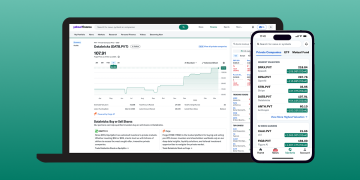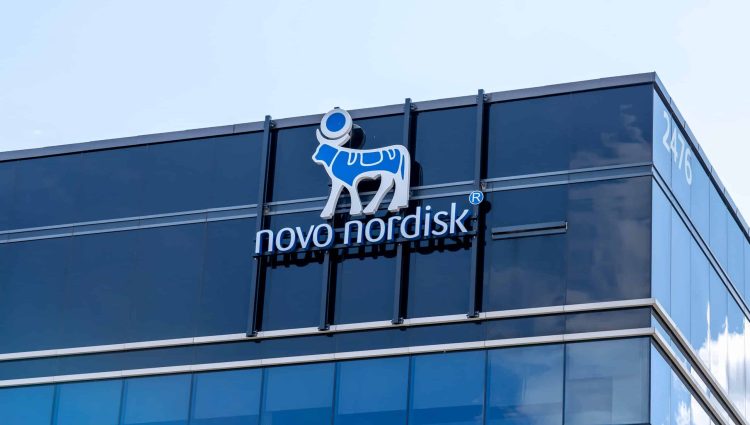Unexpected Outcomes in Clinical Trials
In a recent announcement, Novo Nordisk disclosed that the results from its REDEFINE 1 trial, a crucial third-phase clinical trial for the weight loss drug CagriSema, fell short of expectations. Participants receiving the CagriSema subcutaneous injections experienced an average weight reduction of 22.7% over 68 weeks. However, when including those who withdrew from the study, the average reduction dropped to 20.4%, both figures falling below the anticipated 25%.
This disappointing revelation has triggered a staggering pre-market drop of 27% in Novo Nordisk’s stock, marking the steepest decline in the company’s history. As a result, the company saw around $120 billion evaporate from its market capitalization.
Market Reactions and Competitor Movements
The implications were equally severe for Novo Nordisk’s value on the Copenhagen stock market, which witnessed a decline of over 22%. In contrast, Eli Lilly, Novo Nordisk’s major competitor in the weight-loss medication arena, saw its shares surge nearly 12% in pre-market trading.
Interestingly, the trial results also revealed that 40.4% of participants on CagriSema lost 25% or more of their initial weight—a stark contrast to the modest figures seen with drugs like liraglutide and semaglutide, where only 6% and 16.2% of participants, respectively, achieved similar weight loss milestones. Novo Nordisk expressed optimism in their announcement, stating that the effectiveness of CagriSema in comparison to semaglutide and liraglutide provided a silver lining amidst the disappointing results.
The Promise of CagriSema
CagriSema combines two gut hormones: the long-acting GLP-1 receptor agonist semaglutide and the long-acting amylin analogue, liraglutide. This innovative blend aims to address the issue of weight regain after discontinuation, a common challenge with current medications, including Wegovy, Novo Nordisk’s earlier offering that mimics the natural GLP-1 hormone produced after meals.
Matthias Tschöp, CEO of the Helmholtz Munich Institute and a leading researcher in multi-receptor therapies, has emphasized that patients on this dual-action drug are expected to achieve greater weight loss than those on GLP-1 alone, without enduring additional side effects. He noted that for a significant number of obese patients, a 15%-20% weight reduction may not be sufficient to alleviate their condition.

Side Effects and Future Prospects
However, it’s important to acknowledge that the announcement also highlighted gastrointestinal discomfort as a potential side effect of CagriSema, akin to what is seen with GLP-1-based drugs. Some experts posit that should CagriSema achieve the desired 25% weight loss result, it could solidify Novo Nordisk’s leadership in the competitive landscape of weight-loss medications.
A Battle for Market Share
Novo Nordisk’s dominance in the GLP-1 drug sector has been fortified by its successful products, such as Ozempic and Wegovy. Nevertheless, Eli Lilly has emerged as a formidable rival, rapidly gaining traction with its flagship weight loss drug, Zepbound (also known as Mounjaro). As a result, the landscape has transformed into one of “king and pawn, sharing the world.”
Reports suggest that Eli Lilly now commands approximately 40% of the American weight loss drug market. Analysts predict that by the end of 2024, both Novo Nordisk and Eli Lilly will hold approximately equal market shares. If production capacity keeps pace, this competitive state of balance may shift, potentially favoring Eli Lilly.
The weight loss market is projected to grow to nearly $130 billion by 2030. Novo Nordisk hopes that CagriSema will equip them to fend off an increasingly competitive field led by Eli Lilly, making the clinical research surrounding CagriSema one of the most anticipated developments in weight loss medications this year.
Conclusion
As the year draws to a close, the stock performance reflects the volatility in the pharmaceutical market. While Novo Nordisk has remained relatively stable, Eli Lilly has experienced a remarkable cumulative rise of approximately 30%. The unfolding story of CagriSema and its impact on this critical drug market will be closely monitored by investors and industry experts alike.



































